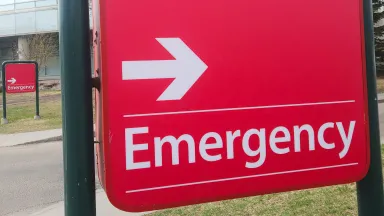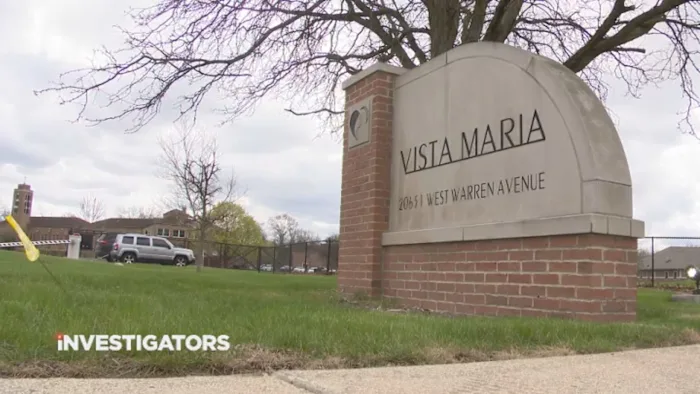Copyright virginislandsdailynews

Dear Doctors: I do a lot of hiking and camping, and when there is terrain that is rough, a lot of times I’ll get a blister. How do you take care of that — are you supposed to pop it and drain it, or do you just cover it up? I’ve heard it’s easy for a blister to get infected, and I want to avoid that. Dear Reader: A blister is a fluid-filled sac that forms within the outermost layers of the skin. It can be caused by burns, frostbite, sunburn, disease, allergic reaction and, as you have experienced, repeated rubbing. Known as friction blisters, these are by far the most common form of this type of skin injury. They occur when shifting pressure gradually forces apart the top layers of the skin. The fluid that seeps into and fills the space between the two separated layers is part of the body’s healing process. The size and severity of a blister are influenced by several factors. These include the intensity of the pressure, its duration and the presence of moisture in the affected area. The architecture of the foot plays a role as well. Navigating rough terrain creates something known as shear force, a type of pressure that gradually nudges apart the topmost layers of skin. If your feet are sweating, or if you get them wet, the skin absorbs that moisture. This, in turn, causes the skin to swell. It becomes more fragile, less elastic and more vulnerable to the lateral stressors we mentioned earlier. When caring for a blister, resist the urge to pop it. You want to keep it intact. The fluid inside is a mix of plasma, serum, proteins, electrolytes and immune cells, and each has a specific role in the healing process. The skin serves as a built-in bandage, protecting the exposed tissues from infection. Start by washing your hands. Then, carefully clean the surface of the blister. Gently pat it dry — never rub — and protect the area with a nonstick bandage that won’t damage the fragile skin. Change the bandage every day — more often if it gets dirty or becomes wet. If its size or location may cause it to burst on its own, or if the internal pressure is causing pain, it can be necessary to drain a blister. When you do so, you are exposing an open wound, which raises the risk of infection. That makes cleanliness imperative. Wash your hands, clean the skin and pat it dry. Use a sharp, sterilized needle to pierce one or two holes at the blister’s edge. Use a gauze pad to apply gentle pressure until most of the fluid is gone. Don’t drain it completely, and never remove the top layer of skin. Keep the blister covered with a clean dressing and protect the area from pressure or friction until healing is complete. If you see signs of infection — redness, warmth, swelling or discharge — please seek medical care. — Eve Glazier, M.D., MBA, is an internist and associate professor of medicine at UCLA Health. Elizabeth Ko, M.D., is an internist and assistant professor of medicine at UCLA Health.



